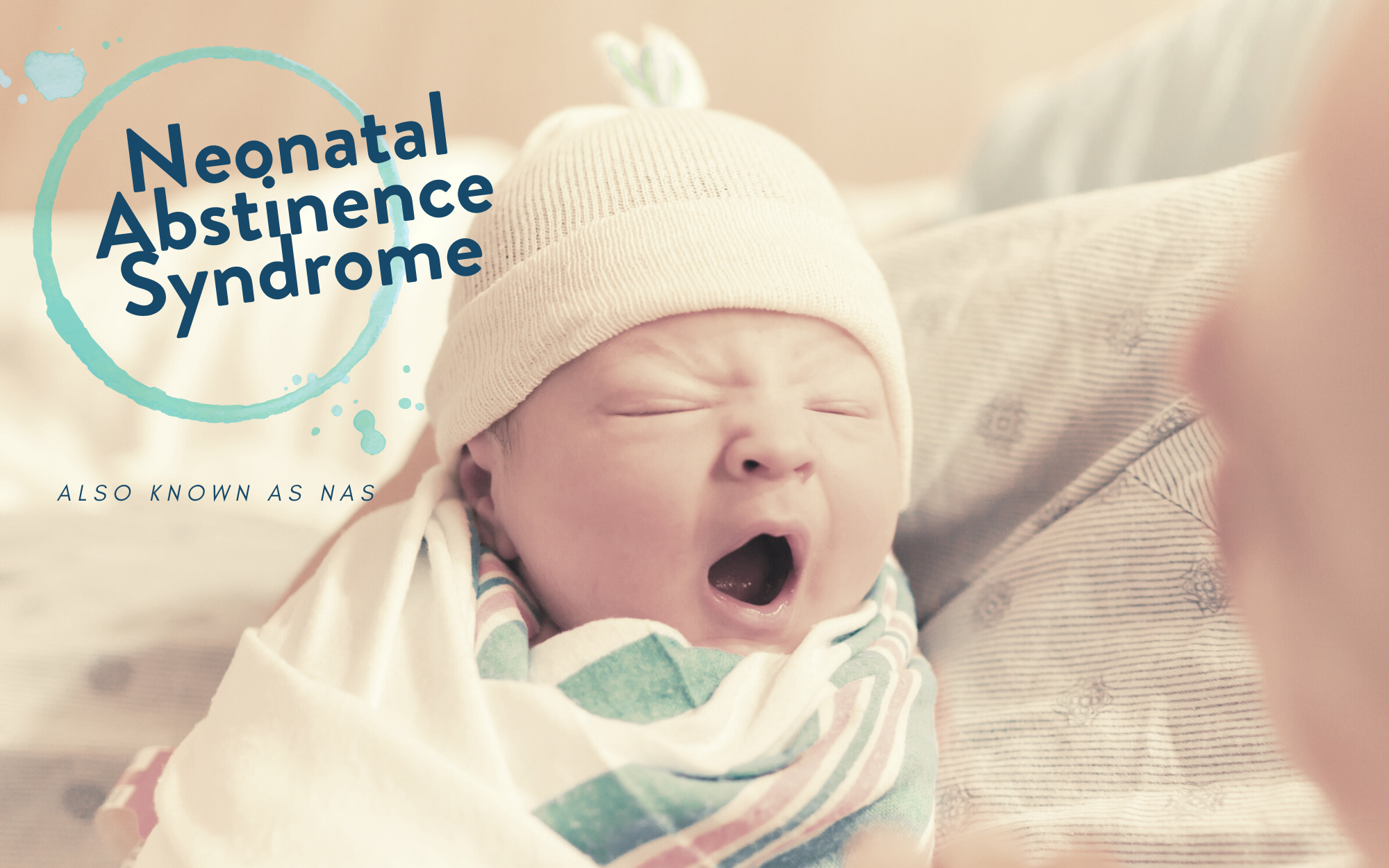Neonatal Abstinence Syndrome Resources
Sevier County Extension Homepage

Neonatal Abstinence Syndrome (NAS) is a condition newborns are diagnosed with when they have been exposed to drugs (most commonly opioids) while in the womb, and exhibit symptoms of withdrawal. Not all babies exposed to drugs while in the womb will develop NAS. There are different ways to protect your unborn child, such as medication or medically supervised withdrawal. If you use opioids or other drugs, and are pregnant or plan to become pregnant, consult with your doctor to discuss your options to be able to have a healthy pregnancy.
Symptoms of NAS include:
- Body shakes (tremors), seizures (convulsions), overactive reflexes (twitching) and tight muscle tone
- Fussiness, excessive crying or having a high-pitched cry
- Poor feeding or sucking or slow weight gain
- Breathing problems, including breathing really fast
- Fever, sweating or blotchy skin
- Trouble sleeping and lots of yawning
- Diarrhea or throwing up
- Stuffy nose or sneezing
Visit the March of Dimes for more information about Neonatal Abstinence Syndrome.
The following Sevier County locations offer healthcare options for pregnant people who use opioids.
Note: Service is not guaranteed and options may change.
Risk factors for opioid misuse or addiction include past or current substance abuse, untreated psychiatric disorders, younger age, and social or family environments that encourage misuse (Webster, 2017).
Other risk factors include:
- Poverty
- Unemployment
- Family history of substance abuse
- Personal history of substance abuse
- Young age
- History of criminal activity or legal problems including DUIs
- Regular contact with high-risk people or high-risk environments
- Problems with past employers, family members and friends (mental disorder)
- Risk-taking or thrill-seeking behavior
- Heavy tobacco use
- History of severe depression or anxiety
- Stressful circumstances
- Prior drug or alcohol rehabilitation
The following sites offer more information:
Learn ways to reduce stigma in your community and help support moms and babies in getting the help they need at https://beyondlabels.marchofdimes.org/.
Understanding stigma is a key step to reducing it in your community. Learn more through this webinar, produced by the Rural Communities Opioid Response Program (RCORP).
Discover what words we can change in our daily language to help reduce stigma and promote healthy conversations with the Recovery Research Insititute Addiction-ary.
Buprenorphine and Methadone are medications that can be prescribed during pregnancy to help with opioid use disorder.
MotherToBaby
Following are helpful handouts created by MotherToBaby to answer frequently asked questions about using these medications during pregnancy.
Visit their website for additional FAQ sheets and information about the effects of other opioids and narcotics during pregnancy.
The Utah Department of Health
The Utah Department of Health offers a website of resources and information about pregnancy and opioid use disorder. The website features information for During Pregnancy, Caring for Your Child, and For Families. Explore this website for great resources to help your loved ones.
Substance Abuse and Mental Health Services Administration (SAMHSA)
The following printable pages offer information on various opioid use and pregnancy topics.
- Opioid Use Disorder and Pregnancy: Taking Helpful Steps for a Healthy Pregnancy
- Good Care for You and Your Baby While Receiving Opioid Use Disorder Treatment
- Treating Opioid Use Disorder During Pregnancy: Getting Help and Support You Need from Your Healthcare Professionals
The Academy of Perinatal Harm Reduction offers information about all types of substance use during pregnancy. Visit their website to learn more about specific drugs and medications and their effects during pregnancy.

